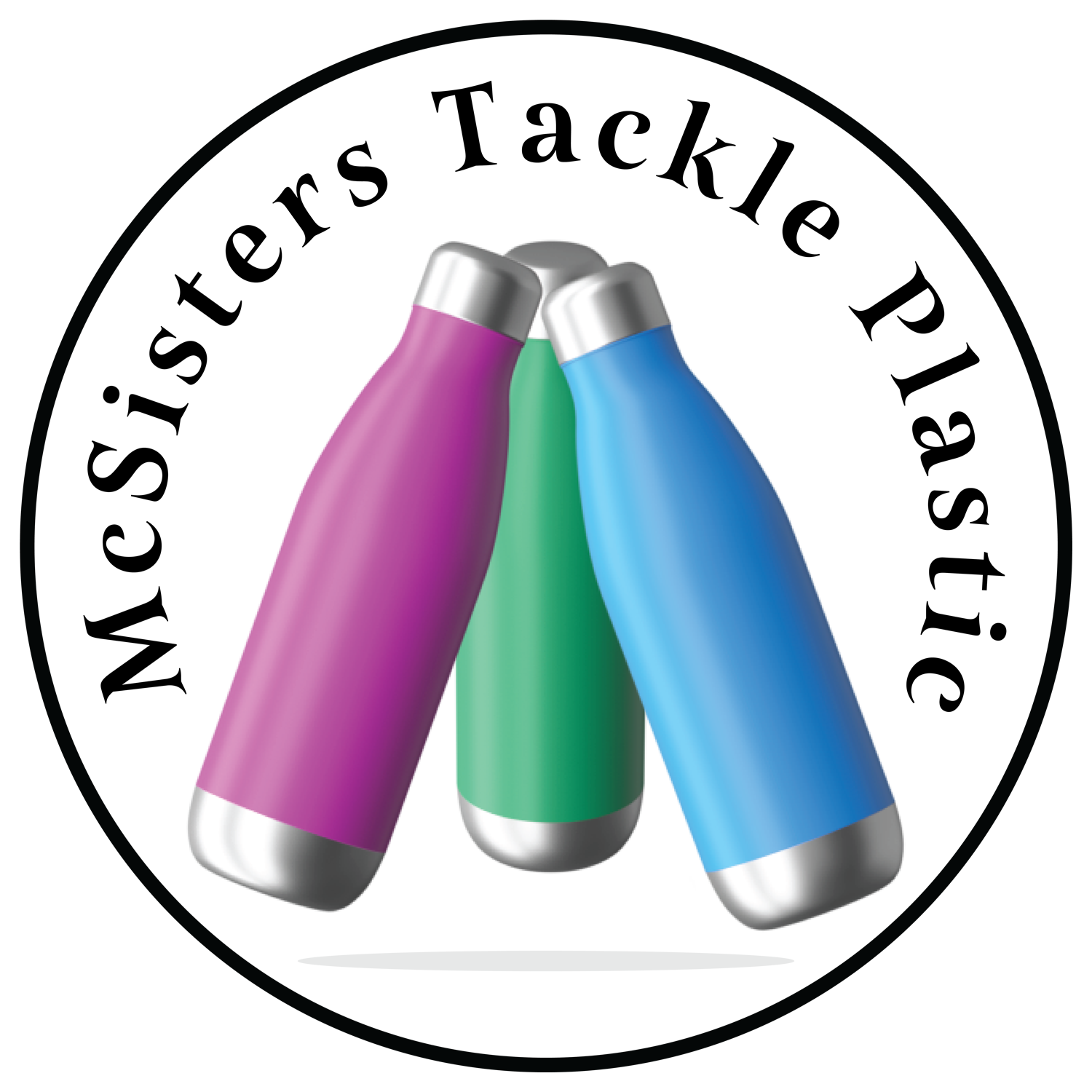Mainstream media is catching on!
What can you do?
Stop using single-use plastic as much as you can.
Switch to reusable stainless steel water bottles.
Switch to reusable coffee cups
Say no to plastic bags, plastic containers, plastic straws, and more.
Read Cafeteria Culture’s Fact Sheet: Plastic is a Hazardous Substance
Watch this video on the plastic problem. It might inspire you. https://www.youtube.com/watch?v=M1_zb10euFo
Read Consumer Reports article: https://www.consumerreports.org/health/food-contaminants/how-to-reduce-exposure-to-plastic-in-food-everywhere-else-a9640874767/
Read:https://thehill.com/policy/equilibrium-sustainability/4401535-plastics-pollution-disease/
National Academy of Sciences: https://www.pnas.org/doi/10.1073/pnas.2300582121
Read: https://www.cbsnews.com/news/bottled-water-nanoplastics-up-to-100-times-more-plastic-pnas/
We have recently noticed far more attention paid to the ever-growing plastic crisis in mainstream media. We should all be deeply alarmed. We must change our relationship with single-use plastic.
On our website – www.mcsisters.org – you can find information about the health impacts of single-use plastic on humans, particularly children, and other living things. We encourage you to read a fact sheet published by Dr.
Jenny Davies MD MPH JD, Public & Environmental Health Director, Cafeteria Culture (https://www.cafeteriaculture.org) explaining why plastic is a hazardous substance and how it impacts our health. (See article below) Some of the “highlights”: Single-use plastic is not inert. It is made with fossil fuels and chemicals, including persistent organic pollutants and heavy metals, like lead, mercury, cadmium, and antimony that harm brain function and development and cause cancer. The chemicals include endocrine-disrupting chemicals that cause malfunctions in our endocrine (hormone) system. The chemicals in plastic food and drink containers enter our bodies in the form of micro and nanoplastics. These plastic bits have been found in our lungs, placentas, liver, and blood. It is estimated that we eat a credit card’s worth of plastic each week and we breathe even more.
Not many people are aware that in consuming food and drinks stored and served in plastic they are ingesting these plastic bits that can impact their health. Consumer Reports February 2024 magazine’s cover highlights a story entitled “How to Each Less Plastic”. The story points out that among the hazardous substances in plastic are bisphenols and phthalates that have been linked to health concerns even at low levels. They tested popular foods and provided a table of concentrations of plastic chemicals in popular foods. Here are some of Consumer Reports suggestions on how to eat less plastic: avoid plastic food storage containers, steer clear of fast foods, limit high-fat foods, eat fresh, choose wood, stainless steel, and silicone for kitchen tools, use water bottles made of glass or steel. Consumer Reports also noted other ways to avoid these chemicals – a surprise to us is that paper receipts are often coated with bisphenols – so say no to the receipt when asked.
On January 8, 2024, the National Academy of Sciences released a study showing that a liter of bottled water contains around 240,000 detectable plastic fragments (nanoplastics). The study’s researchers said that “nanoplastics are believed to be more toxic since their smaller size renders them much more amenable compared to microplastics, to enter the human body.” More information is needed but, in the meantime, we can take steps to avoid single-use plastic.
It can seem impossible to deal with the onslaught of plastic in our lives. We McSisters take it one action at a time. So much can be accomplished when we take action and speak up.


